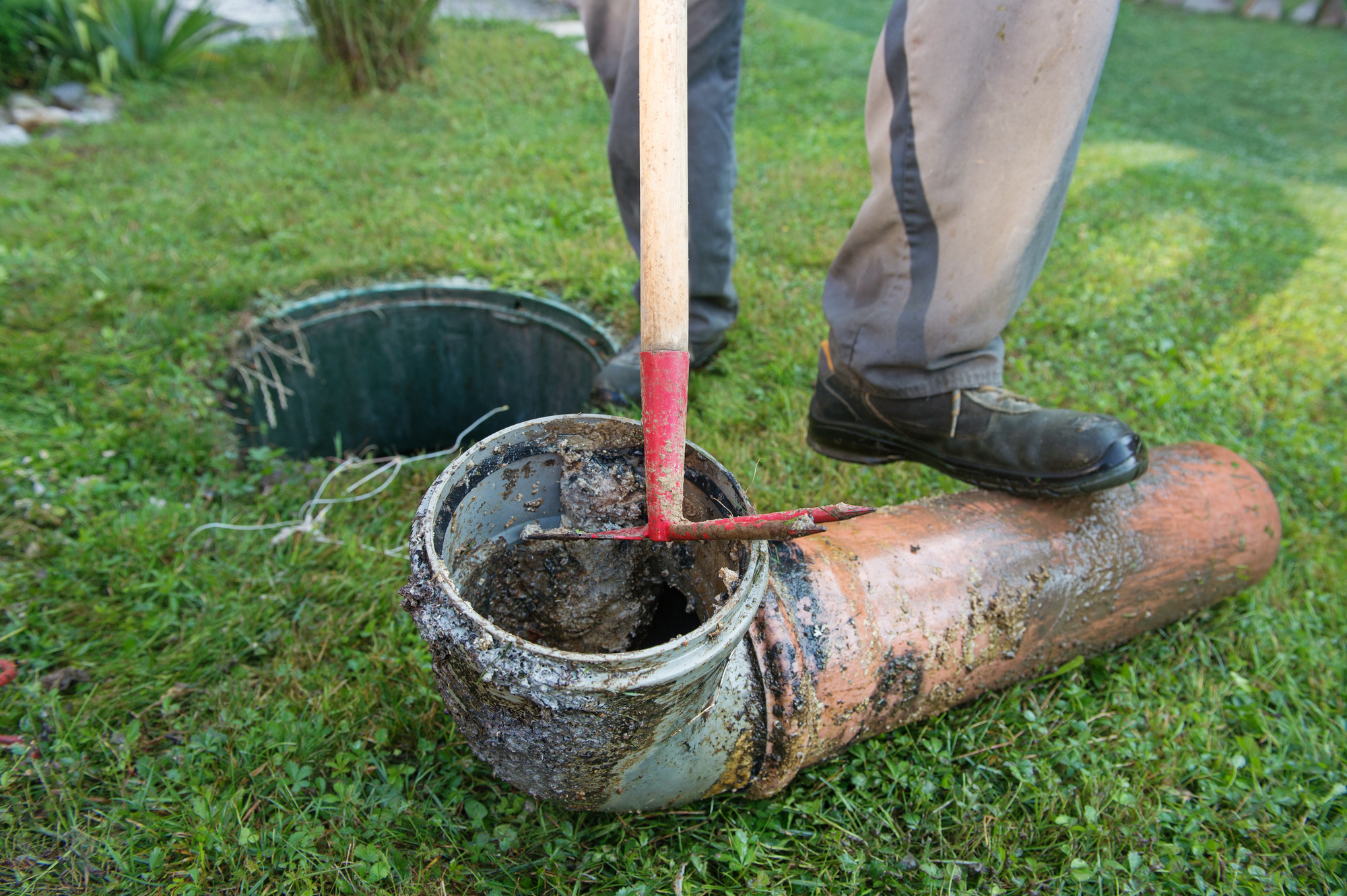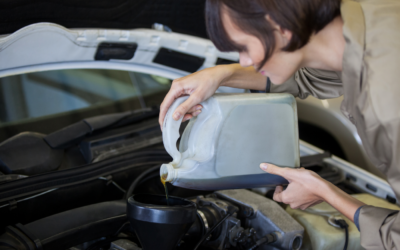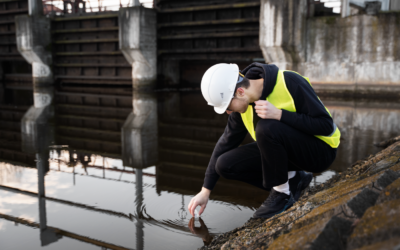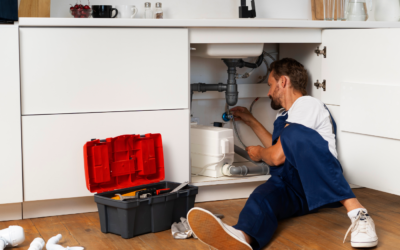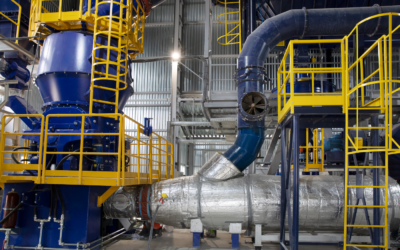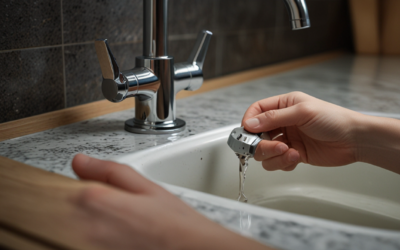Sewer backups can be a nightmare for any homeowner. Not only do they create a mess, but they also pose serious health risks. That’s why it’s crucial to act fast and contact your plumbing services company as soon as you notice the signs of a sewer backup.
In this article, we will discuss how to identify a sewer backup, what causes it, and how to prevent it from happening in the future.
Identifying a Sewer Backup
The most common sign of a sewer backup is a foul odor coming from your drains. This odor can be caused by the accumulation of wastewater in your pipes due to a clog or a blockage. Another sign of a sewer backup is slow drainage in your sinks, toilets, or showers. If you notice any of these signs, it’s important to contact your plumbing services company right away.
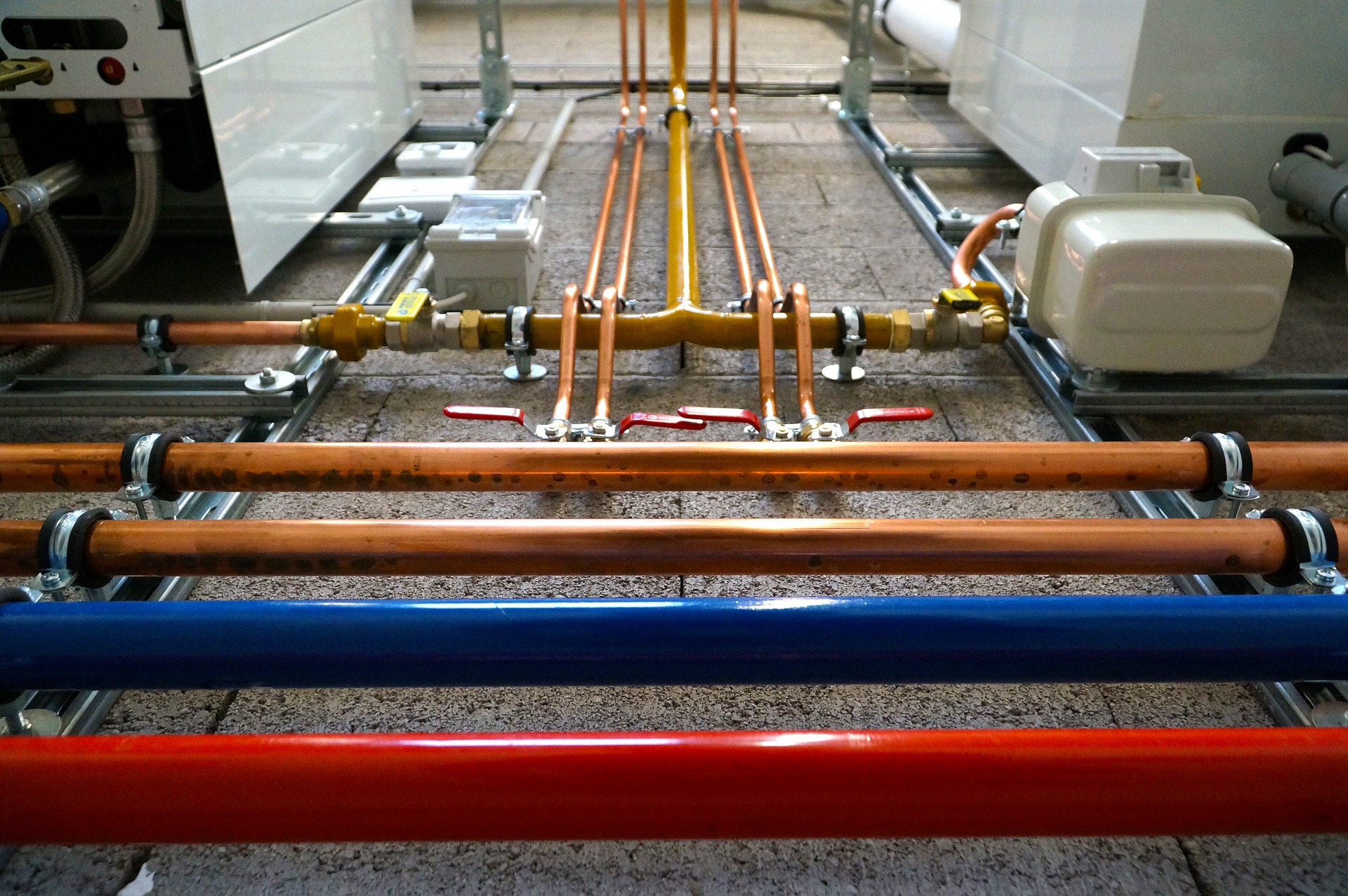
What Causes Sewer Backups?
Several factors can cause sewer backups, including:
1. Clogs and Blockages
The most common cause of sewer backups is the accumulation of waste and debris in your pipes. This can happen due to flushing non-biodegradable materials down the toilet, pouring grease or oil down the sink, or flushing sanitary products. These materials can accumulate in your pipes and create a blockage, preventing wastewater from flowing freely.
2. Non-Functioning Backwater Valves
Backwater valves are designed to prevent sewer water from flowing back into your home. If your backwater valve is not functioning correctly, it can cause a sewer backup. It’s important to have your backwater valve inspected and maintained regularly to ensure it’s working correctly.
3. Tree Roots
Tree roots can infiltrate your pipes and cause damage over time. This damage can lead to sewer backups and other plumbing issues. It’s important to have your pipes inspected regularly to identify any signs of tree root damage before it causes a more significant issue.
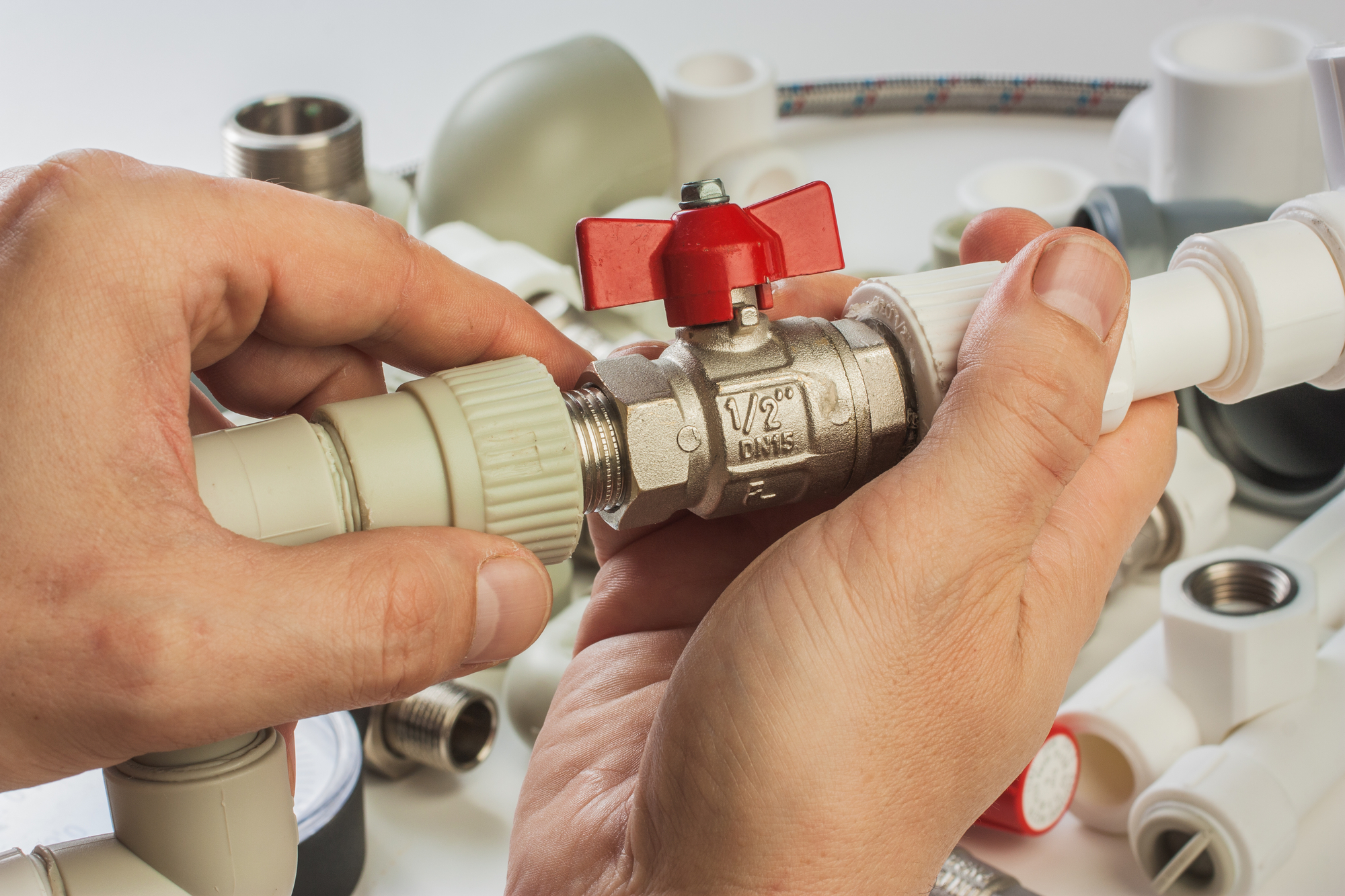
How to Prevent Sewer Backups
Preventing sewer backups is key to maintaining a healthy and safe home. Here are some tips to prevent sewer backups:
1. Avoid flushing non-biodegradable materials down the toilet
Toilet paper is the only biodegradable product that should be flushed down your toilet. Other products, such as sanitary products, wipes, and paper towels, should be disposed of in the trash.
2. Dispose of grease and oil properly
Grease and oil can solidify in your pipes and cause clogs. It’s important to dispose of these materials in a trash can and not down your sink or toilet.
3. Inspect your backwater valve regularly
Your backwater valve should be inspected and maintained regularly to ensure it’s functioning correctly. If you notice any signs of damage or malfunction, contact your plumbing services company right away.
4. Have your pipes inspected regularly
Having your pipes inspected regularly can help identify any signs of damage or tree root intrusion before they cause a significant issue.
In conclusion, sewer backups can be a severe problem for any homeowner. By understanding the signs of a sewer backup and knowing how to prevent one, you can keep your home safe and healthy. Remember to contact your plumbing services company as soon as you notice any signs of a sewer backup, and always practice proper plumbing maintenance to prevent it from happening in the future.

